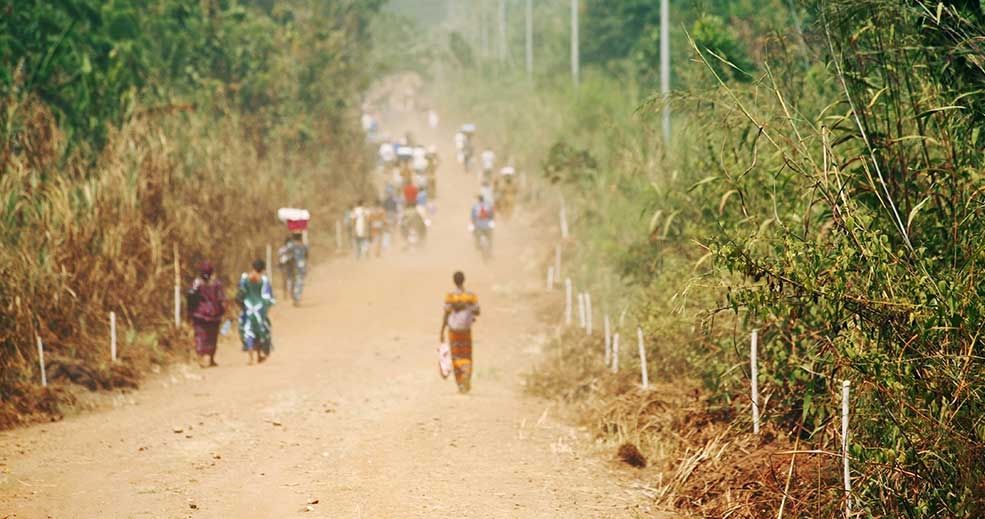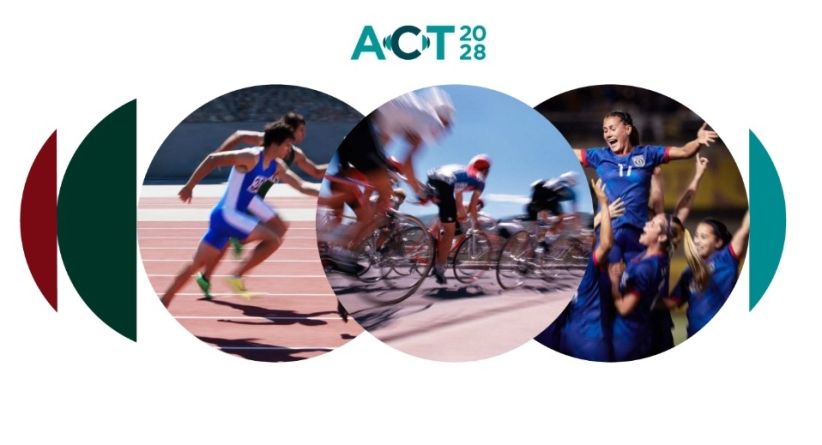
Migration and climate issues intersect in sub-Saharan Africa
There is persistent upward pressure on African migration, both “internal” and “external”.
The main drivers are the lack of economic opportunity, endemic poverty, demographic trends and ongoing conflicts, combined with the effects of climate change.
Although sub-Saharan Africa has enjoyed sustained economic growth since the turn of the century, average per capita income remains the lowest in the world. It is estimated that nearly 35% of the population of sub-Saharan Africa lives below the poverty line, putting pressure on household members to provide for basic needs.
Moreover, population growth in Africa continues to outpace that seen in any other part of the world. The continent’s population is set to double from 1.2 billion to 2.5 billion by 2050, with 10-12 million young Africans set to enter the workforce each year, putting increasing pressure on the labour market.
Lastly, the region’s unresolved conflicts continue to create large numbers of forcibly displaced people. The resurgence of authoritarian and autocratic regimes has also triggered a wave of displacements. For example, the conflict that erupted in Sudan in 2023 has resulted in a further 6 million cross-border displacements. This is on top of population movements prompted by conflict in, among others, South Sudan, the Democratic Republic of the Congo (DRC), the Central African Republic and Somalia.
It is thus easy to see why climate change compounds the aforementioned issues: to date, the phenomenon has resulted in a 34% decline in agricultural productivity in sub-Saharan Africa since 1960; it is now contributing to an unprecedented climate of food insecurity within the region.
According to World Bank forecasts, climate change – and the increase in flooding and drought it entails – will be the cause of nearly 10% of all cross-border migration in Africa between now and 2050.
Yet climate change will mainly drive an increase in “internal” migration inside countries, most often from rural to urban areas – a phenomenon that has been no stranger to the region in recent years.
With sustainable rural livelihoods (agricultural crops, food production systems, water resources) becoming increasingly precarious as a result of global warming and natural catastrophes, a growing proportion of migrants could find themselves permanently internally displaced.
A number of recent examples tend to corroborate this scenario:
- In Somalia, an unprecedented drought has displaced nearly 1.1 million people, a record for the country, while competition for dwindling resources in rural areas has aggravated the hardship caused by drought.
- In Madagascar, a number of storms have reduced soil absorption capacity and exacerbated food insecurity, internally displacing more than 290,000 people, the highest level ever recorded in the country.
- In Burundi, torrential rainfall and flooding – notably as a result of the rising waters of Lake Tanganyika – displaced tens of thousands of people last year and curtailed the livelihoods of more than 10% of the population, the vast majority of them in rural areas.
Climate mobility estimates suggest that the proportion of the African population displaced by the effects of climate change could rise to nearly 5% by 2050, compared with 1.5% today.
Although the Regional Economic Communities (RECs) are playing an increasingly important role in removing obstacles to the movement of people, the issue of inter- and intra-continental migration remains a key concern, especially with climate mobility focusing attention on the need to overhaul migration policy.
To this end, it is important that migration attributable to climate disruption be clearly linked to the causes of climate change and to greenhouse gas emissions. Funding for the “loss and damage” fund, secured by affected countries at COP28, is critical given the amount of investment needed to deal with the effects of climate change (extreme drought and flooding, coastal water level rise, forest fires, temperature variation) and set up programmes to promote adaptation and help populations build resilience.







